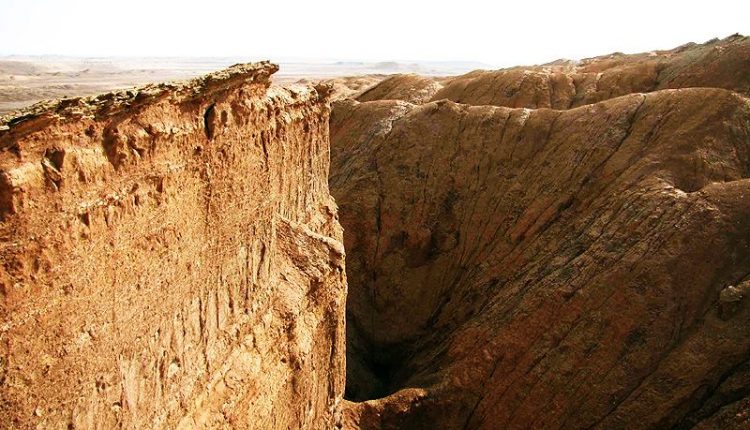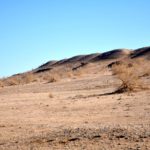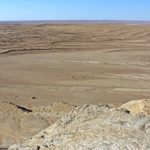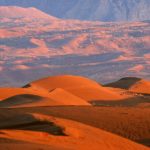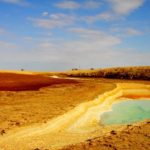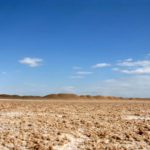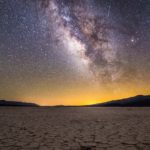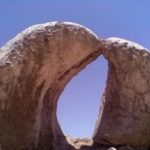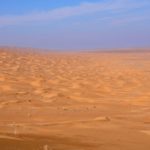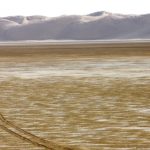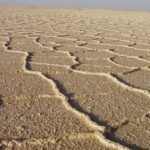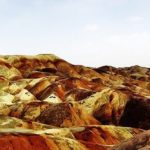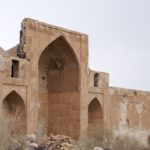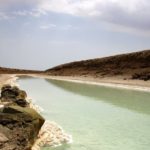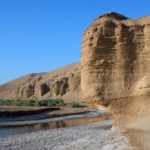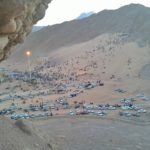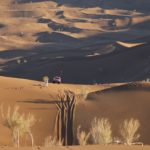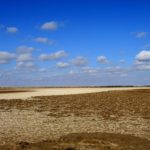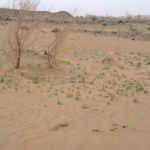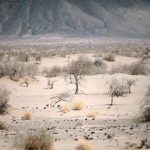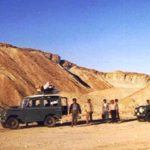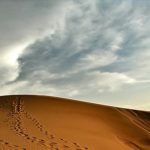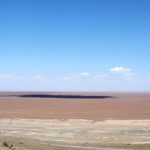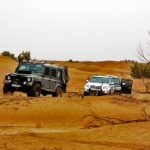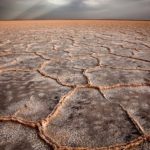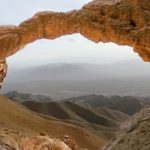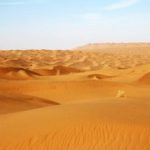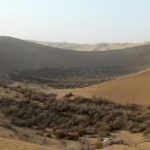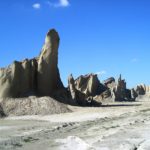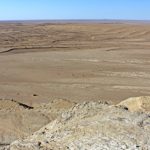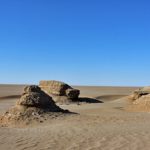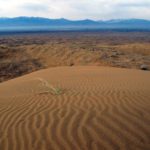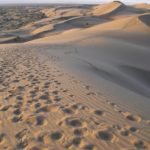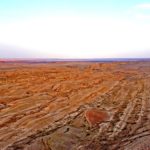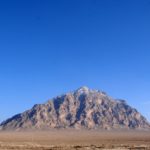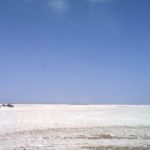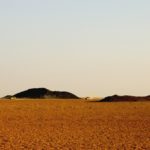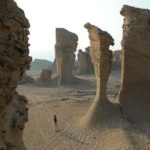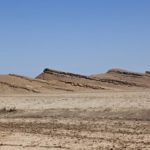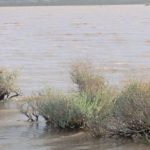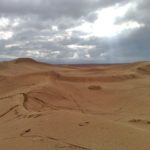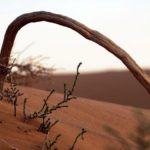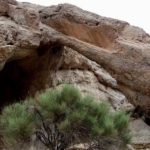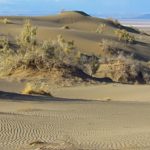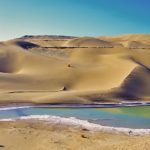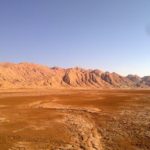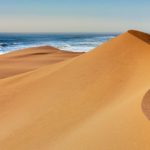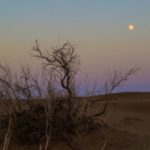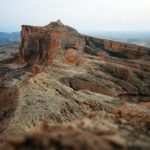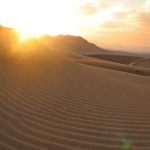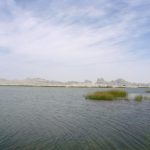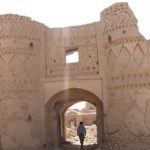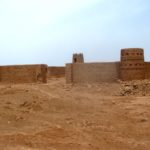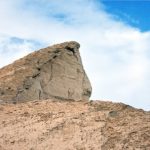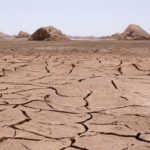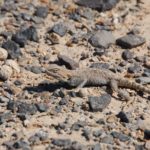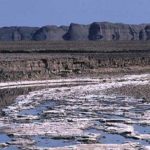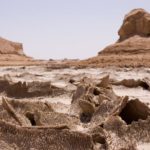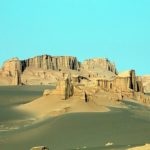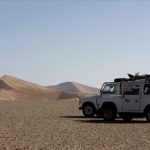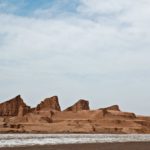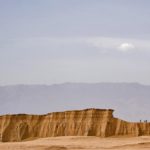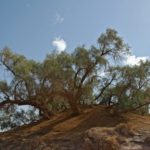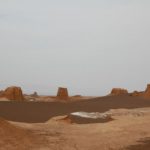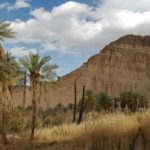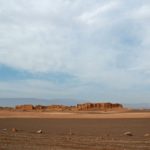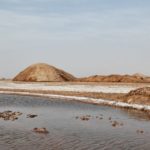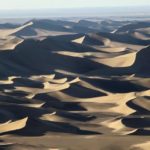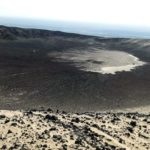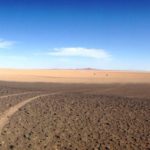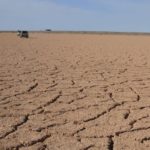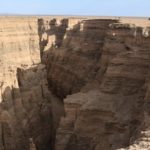The Red Mountain Desert and the natural bird statue of Homay bliss are located at N3515 E5325 in Semnan province. The area contains various geological phenomena, including tunnel erosion, landslides and quasi-karst forms that are unique in their kind in the country.
The area belongs to the Central Iran Zone. These areas are covered by Upper Red Formation and salt dome. Most of the upper Red Formation contains marl, clay and siltstone green. The forms of tunnel erosion have created a scheme of eroded lands called Badlands. As a result of wind erosion, a rock formed in the form of an eagle.
To reach the area from Semnan to the west of Vaty about 2 km and reach the gas station between the road and turn west-east road to the beginning of the road Sufi village. Continuing on the asphalt road to the west, within a distance of 2 km, you will see the left of the beginning of the Red Mountain Dirt Road. The length of this dirt road is 5 km to the southwest. From km 2 dirt road In some parts of the road is cut off by rainfall and flooding. Vegetation in this area is very poor and there is rarely a desert vegetation.
About 1 km from the dirt road to the beautiful and inexplicable river Shorab that is on the right. The Shorab River flows from north to south.
The water at this point is completely saturated with salt and gypsum. The water of the Shorab River flows like a gypsum slurry in Moseley. On the banks of the river, a thick layer of salt, a smooth, smooth and white surface is created. This layer is very soft. At km 2 from the dirt road, the Shorab River cuts off the traffic. It is not possible to travel by car and you should start hiking in the desert. The Red Mountain is located 2 kilometers south of Shorab and is clearly visible from this area.
Happiness
A rock that is shaped like a beautiful eagle by the wind, and if you look at it from a little higher, you will see an eagle that has its wings partially opened and perhaps no one will believe that this view is natural. It is not made by human hands.
Homay bliss is the name that engineer Enayat al-Ranjbar, professor of the Semnan Semnan University of Tourism and Nature, has discovered on this rock.

